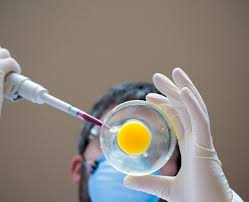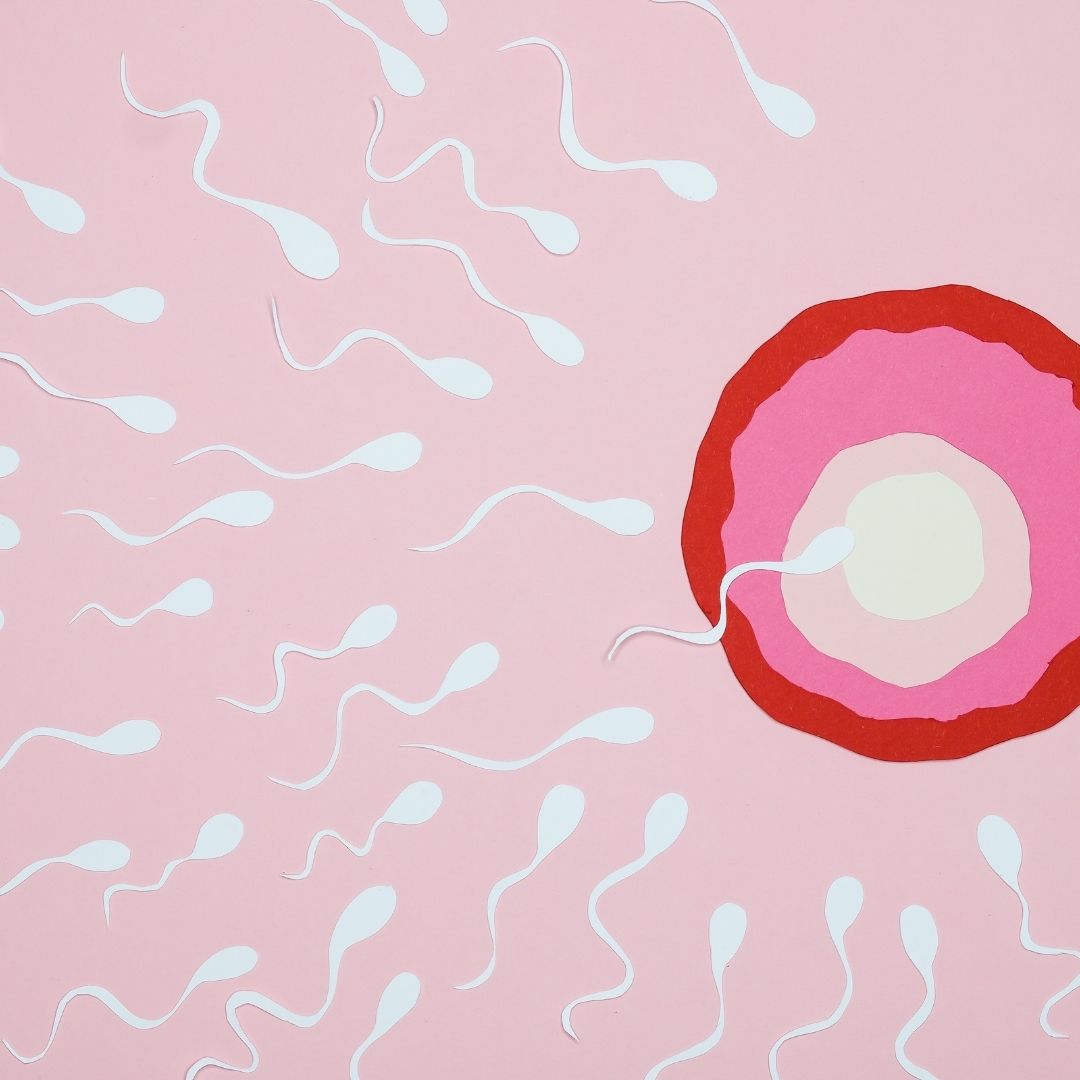
Laparoscopy for Infertility
Infertility is described as the inability to conceive within one year of unprotected regular intercourse. Men and women have infertility following tubal infections, ovulation disorders, endometriosis, cervical and uterine complications, and male-factor infertility. According to the world health organization (WHO), the leading cause of infertility involves malnutrition, pelvic tuberculosis, and recurrent infections causing a blockage in tubes.
Specialists have adopted laparoscopies for infertility diagnosis and treatment. The procedure includes using a laparoscope to examine the reproductive system. This helps identify abnormalities in the system to determine the best treatment technique. Your specialist can suggest laparoscopy in case of unexplained pelvic pain. Specialists don’t apply the procedure in the first line of treatment since it only assesses problems that make conception difficult.
Laparoscopy is a non-invasive procedure that provides a panoramic and magnified view of the pelvic organs. An expert doctor can perform surgical operations during diagnosis. It has played a crucial role in diagnosing and treating pelvic abnormalities in females. It improves fertility through surgical operations in the uterus, peritoneum, pelvis, ovaries, and fallopian tubes. If you have unexplained infertility, your specialist at Healthy Türkiye might recommend a laparoscopy to check and correct problems in the reproductive organs.
What is Laparoscopy?
Laparoscopy means a type of operative procedure that uses a thin instrument called a ‘Laparoscope’. It is most commonly used to diagnose any abnormality in organs inside the abdominal cavity, hence is also called diagnostic laparoscopy. The name laparoscopy comes from the name of the instrument laparoscope used to conduct the procedure. The main purpose of performing this surgical operation is to examine the abdomen organs with a minimal incision in the body.
The laparoscope is a long and thin instrument that has a high-resolution camera and a high-intensity light mounted on the front end. A small incision is made into the body, and the laparoscope is conducted through it. The camera then sends data in the form of pictures and videos to the video monitor. In the conventional technique, the surgeons had to make a larger incision in the body to examine the internal organs with their eyes. However, with a laparoscope, the same could be done with a much smaller incision that is easily examined with the help of the camera. Moreover, the image feed could be recorded for future reference. Apart from that, biopsy samples could also be taken from the body with this technique.
Laparoscopic surgery could be applied for gastro operations, gynecology surgery, or gallbladder surgery as well. This procedure includes very less risk and is considerably more effective than the manual technique.
Why Is Laparoscopy Important in Fertility Treatment?
Many patients with fertility issues can benefit from a diagnostic or operative laparoscopy. The procedure allows your specialist to see if your fallopian tubes are open and whether you have any fibroids or endometrial tissues that could affect conception or pregnancy. Although other non-invasive techniques such as ultrasound or Hysterosalpingography (HSG) can also assess reproductive organs, laparoscopy is considered the “gold standard” for infertility assessment. For example, mild endometriosis, pelvic adhesions, and scar tissues can only be identified by applying surgeries like laparoscopy.
In some conditions, women who have normal HSG results could experience recurrent in-vitro fertilization (IVF) failures. Laparoscopy has been shown effective in diagnosing unrecognized pelvic pathologies and improving the subsequent pregnancy rate.
In subfertile women, laparoscopic microsurgeries could improve natural conception by removing the adhesions or endometriosis that undermine fertility. In a case-control study of 700 infertile women, 30% of the women who underwent laparoscopy achieved pregnancy within the next year. The most notable outcome was noted in women with unexplained infertility (around 37% pregnancy rate in one year). There is also evidence that laparoscopic tubal surgical operation prior to IVF can increase the pregnancy rate for hydrosalpinx. Similarly, the removal of polyps and submucosal fibroids has been associated with heightened pregnancy rates in subsequent intrauterine insemination.

When Laparoscopy Is Used for Infertility
A laparoscopy is commonly used to determine and treat the source of pelvic or abdominal discomfort. It is often used when non-invasive methods of diagnostics are ineffective. It is a diagnostic surgical procedure that allows your healthcare practitioner to examine your abdomen and reproductive systems from the inside. This approach can also be applied to gather tissue samples for testing. A laparoscope is inserted into your abdomen through a tiny incision. A laparoscopy can be performed for a variety of reasons, health concerns, and diagnoses, such as tubal ligation, diagnostic processes, and the treatment of certain illnesses.
The following are some of the most general reasons for a laparoscopy:
Endometriosis diagnosis and treatment, chronic pelvic discomfort, infertility reasons, and pelvic inflammatory disease,
Uterus, fibroids, ovarian cysts, lymph nodes, or an ectopic pregnancy removal,
The treatment of a variety of illnesses, including urine incontinence, pelvic organ prolapses, and some cancers, such as those of the ovary, uterus, and cervix
A laparoscopy might be recommended by your specialist to examine the following organs:
Appendix
Reproductive organs or pelvic organs
Gallbladder
Liver
Stomach
Pancreas
The small and big intestines
Spleen

How Do I Prepare for the Laparoscopy?
You cannot eat or drink for eight hours before the scheduled surgical procedure. Since anesthesia is used, it will be necessary to take you home, in which case your personal assistant provided by Healthy Türkiye will assist with your transportation. To prepare your home environment, be sure to have certain items available, involving a heating pad, pain medication, soft food, a thermometer, feminine hygiene supplies, books, and movies to watch.
When you arrive at the medical facility, a nurse will go over the pros and cons of the medical procedure, ask you to sign a consent form, and have you change into a gown. After this, an IV will be placed on your arm to administer the necessary medicines.
How Is Laparoscopy Done for Infertility?
Laparoscopy is usually done under general anesthesia. Depending on the procedure being done, it is generally an outpatient surgery, allowing you to go home after a few hours in the recovery room, though in some conditions you might need to stay overnight at the hospital. At the time of a laparoscopic surgical procedure, the surgeon makes one tiny incision in the abdomen.
A laparoscope is inserted through the incision: this is a thin, lighted fiber-optic tube that contains a camera, allowing the surgeon to see inside your belly. In some conditions, microsurgical instruments can also be inserted in this tube, or they might be inserted through a second incision. The abdomen is then gently inflated with gas to allow the surgeon’s room to see and work. With a clear appearance of the reproductive organs, problems can be diagnosed and surgically repaired.

4 Ways Laparoscopic Surgery Can Help With Infertility
There are several ways that specialists can help with your infertility issues. One technique is minimally invasive surgery (i.e. laparoscopy and/or hysteroscopy) that can be done. Laparoscopy is a surgical procedure that includes a fiber optic scope that is inserted into small incisions near a patient’s navel. Laparoscopy and minimally invasive intervention, in general, are replacing other more invasive methods wherever possible. This is due to the fact that laparoscopic methods avoid large incisions, inflammation, and excess scar tissue.
Laparoscopic surgery has become a preferred operation technique for bariatric surgeries and gallbladder removals but especially for gynecologists and the field of infertility. The minimally invasive laparoscopic surgical operation can be beneficial for endometriosis, treating cysts or fibroids, and removing lodged IUDs. Let’s take a look at the four different ways this type of surgical procedure can be beneficial for treating the causes of infertility, managing pain, and preserving fertility for later in life.
Endometriosis Treatment
This is a condition where the uterine tissue grows outside the uterus rather than lining it. This will cause severe pain, and heavy menses and might even lead to infertility. The symptoms of this case are severe pain and discomfort during menses, breakthrough bleeding between periods, abnormal urination, unusual fatigue, and painful intercourse.
This case will cause inflammation in the fallopian tubes and fimbriae can cause swelling and scarring which can develop an uncomfortable environment for both sperm and eggs to survive. The scar tissue blocks the fallopian tubes completely; due to this, the fertilized eggs will be blocked from reaching the uterus.
Ovarian Cystectomy
The procedure of removing cysts from one or both of a woman‘s ovaries is called cystectomy. If you are diagnosed with ovarian cysts that are blocking the fallopian tubes and causing severe pain that interferes with your day-to-day activities then your specialist might suggest removing the cysts that are growing too large and don’t seem to go away after the menstrual cycle.
In some conditions, your specialist might even suggest an ultrasound-guided needle procedure to drain the cyst. Unlike other surgical treatments, this minimally invasive laparoscopy is a better choice since it requires only a small incision, less pain, and removing the cysts while keeping the ovaries and surrounding muscles intact.
Myomectomy
This is a similar procedure to ovarian cystectomy, this helps in the removal of fibroids from the uterus. These uterine fibroids are non-cancerous growths that generally form during women’s childbearing years. Due to these fibroids, you might have severe pelvic pain, and irregular periods, in addition to this, these fibroids will cause blockage in the uterus that will cause more complications to conceive. This condition might be difficult for an embryo to implant itself in the uterus. This procedure of myomectomy can be successfully done with minimally invasive laparoscopy; it can reduce the risk of heavy blood loss, scar tissue, and complications with childbirth which generally creates in open surgeries.
Lysis of Adhesions
Scar tissue in the uterus of a woman can be a critical problem to conceive. Lysis of adhesions is a technique to remove scar tissue in the uterus. A woman suffering from scar tissue will have symptoms such as irregular periods, severe pelvic pain, infertility, and might also have recurrent miscarriages. Lysis of adhesions is done using a minimally invasive technique called laparoscopy. This surgical procedure will help in increasing the chances of fertility and prevent any further complications related to uterine adhesions.
The Study of Laparoscopy for Infertility
A study involving 700 infertile women demonstrated the effectiveness of laparoscopy in improving fertility. Within one year of the procedure, approximately 30% of the women achieved pregnancy, with the most significant outcome observed in women with unexplained infertility, showing a pregnancy rate of around 37%. This study highlights the role of laparoscopy in diagnosing and treating previously unrecognized pelvic pathologies, ultimately enhancing pregnancy rates.
What to Expect After Laparoscopy for Infertility?
Laparoscopic surgery can help improve fertility for many women. The success rate of laparoscopy in improving fertility is relatively high, with approximately one-third of women who undergo the procedure becoming pregnant within one year. This minimally-invasive surgical procedure can make a big difference for couples struggling to conceive.
However, if a severe medical condition is found, your specialist will discuss available treatment options to address the condition. If you do not become pregnant within six to eight months after laparoscopic surgery, your specialist at Healthy Türkiye might recommend additional fertility treatments such as in vitro fertilization (IVF).
.jpg)


